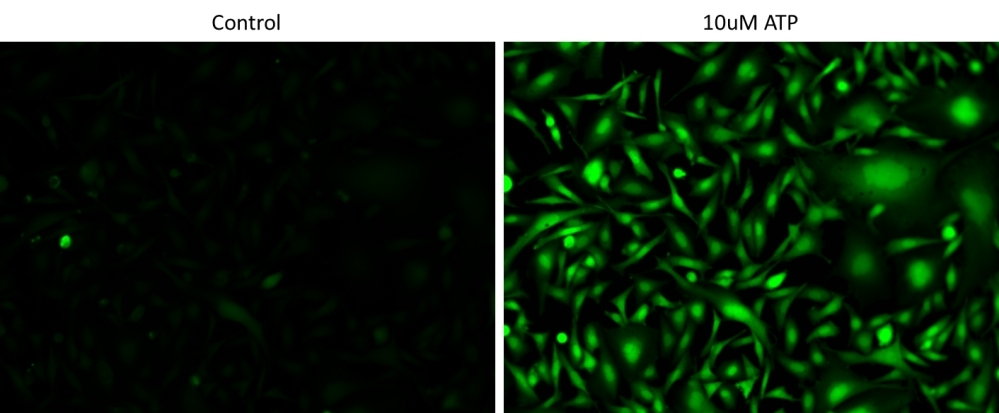Screen Quest™ 10X cell staining buffer with Phenol Red Plus™
Screen Quest™ 10X cell staining buffer with Phenol Red Plus™ is a ready-to-use buffer optimized for fluorescence cell imaging. In some cases, this buffer significantly enhances the imaging signal. Screen Quest™ 10X cell staining buffer with Phenol Red Plus™ is 10X concentrated and should be diluted to 1X with PBS before use.


| Catalog | Size | Price | Quantity |
|---|---|---|---|
| 36300 | 10 mL | Price |
Storage, safety and handling
| H-phrase | H303, H313, H333 |
| Hazard symbol | XN |
| Intended use | Research Use Only (RUO) |
| R-phrase | R20, R21, R22 |
| Storage | Freeze (< -15 °C); Minimize light exposure |
| UNSPSC | 12352200 |
Documents
Contact us
| Telephone | |
| Fax | |
| sales@aatbio.com | |
| International | See distributors |
| Bulk request | Inquire |
| Custom size | Inquire |
| Technical Support | Contact us |
| Request quotation | Request |
| Purchase order | Send to sales@aatbio.com |
| Shipping | Standard overnight for United States, inquire for international |
Page updated on December 12, 2025
